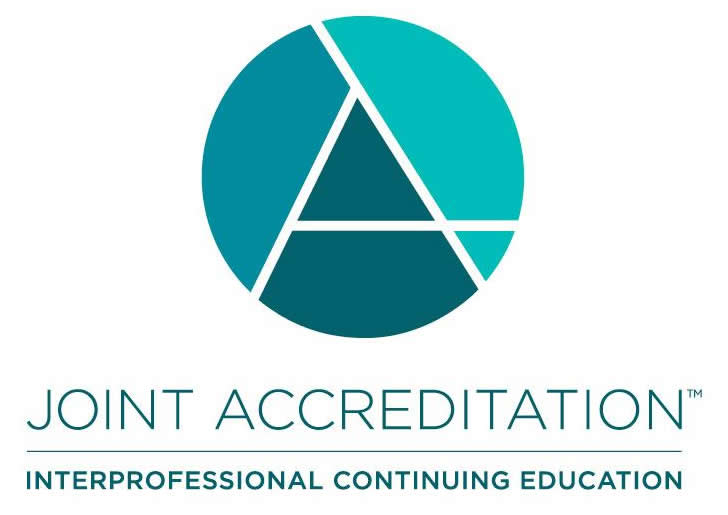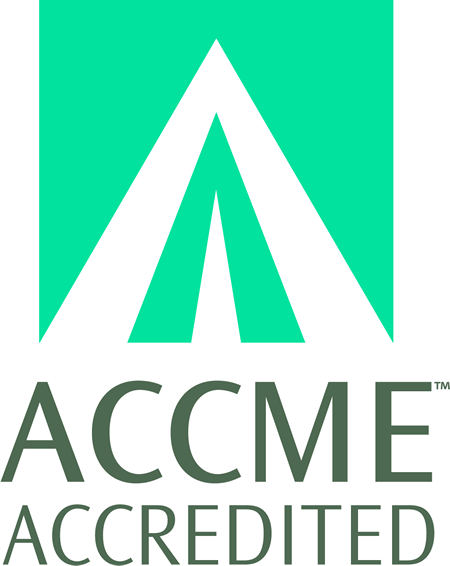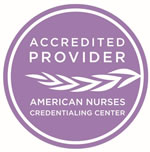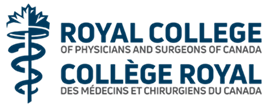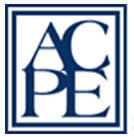
COURSE CREDITS & HOURS
20 AMA PRA Category 1 Credits™20 ACPE Credits
20.0 Contact Hours
2 Hours of Pharmacology for Nurse Practitioners
COURSE FEES
TARGET AUDIENCE
PROGRAM PURPOSE
- Examination and treatment of common shoulder conditions
- Introduce, discuss, and demonstrate a layered approach to the examination of the shoulder
- Evaluation and treatment of low back pain
- Describe common conditions associated with low back pain and appropriate treatments
- Examination and treatment of common knee conditions
- Demonstrate an approach to the examination of the knee and describe common knee conditions
- The sports physical examination
- Discuss and demonstrate the cardiovascular requirements of the Sports Physical Examination
- Performance enhancing drugs
- Discuss and understand the most common performance enhancing substances and their effect on athletic performance
- Common pediatric injuries
- Describe the evaluation and examination of common pediatric musculoskeletal injuries and overuse injuries
- Cardiac conditions in athletes
- Discuss the differences between Athletic Heart Syndrome and Sudden Cardiac Death and the EKG findings associated with these conditions
- Concussion management
- Discuss the requirements of the current evaluation of concussion and the return to sport guidelines
- Joint injections
- Be familiar with the proper approach to commonly used joint injections and aspirations including identification of anatomic landmarks and sites for needle insertion
- Sports Dermatology and infectious diseases
- Recognize, treat and provide sports clearance for athletes presenting with common dermatological conditions
- Respiratory Emergencies and RSI/Airway Management
- Apply updated techniques and knowledge of available medications on situation based airway emergencies and distinguish the most appropriate medications to perform RSI safely
- Sepsis and Septic shock
- Diagnose and manage patients in septic shock and apply recommended treatment strategies
- STEMI! Pre-hospital and Emergency Department Management
- Diagnose and asses based on pertinent patient history and ECG's of typical and atypical ST-segment elevation myocardial infarctions and apply current treatment recommendations
- Cardiogenic Shock
- Diagnose and assess patients in cardiogenic shock and apply evidence-based current treatment recommendations to stabilize their patients
- Hypertensive Emergency and Crisis
- Identify the difference between hypertensive emergency and hypertensive urgency
- Determine which patients require an urgent reduction in blood pressure and which patients need EMS interventions and emergency department evaluation.
- Stroke - Ischemic, Hemorrhagic and Subarachnoid
- Diagnose and treat patients with symptoms concerning for acute stroke, large vessel occlusion and intracerebral hemorrhage
- Apply current treatment recommendations
- distinguish between occlusive CVA versus intracerebral hemorrhage
- Establishing time of onset to decide on if TPA vs MERCI treatment which can affect admission versus transfer to most appropriate hospital
- Rapid Trauma Assessment and Stabilization
- Diagnose and manage significant traumatic injuries and apply initial stabilization techniques
- Hemorrhagic Shock - TXA and Blood Product Utilization
- istinguish patients in true hemorrhagic shock and apply current treatment strategies, and ascertain if blood product utilization is appropriate






